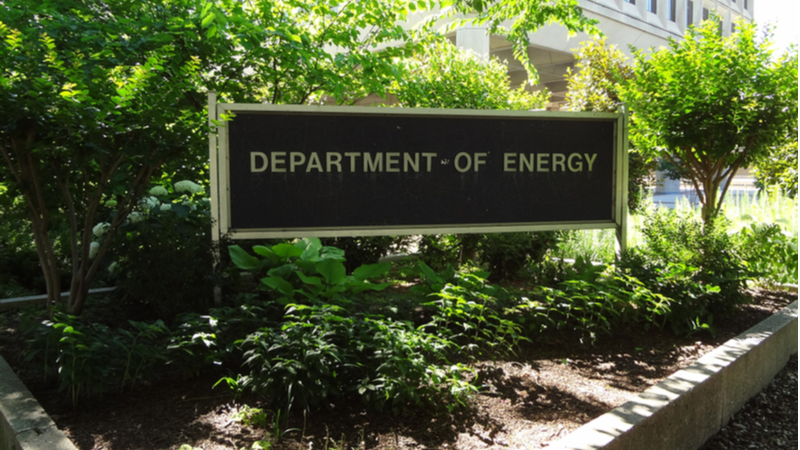
The United States won’t secure global leadership in quantum computing and artificial intelligence by simply spending more – it must define clear goals and coordinate across government, industry, and academia, a top Department of Energy (DOE) official warned Tuesday.
“We’ve got to sum what the federal government can do right – a couple 100 billion dollars a year that we invest in science and technology – what states do, what universities and philanthropy do, and what the private sector does,” said Darío Gil, under secretary for science at DOE, while speaking at the Aspen Cybersecurity Summit in Washington, adding that “it is impossible for us to succeed if we do not take the approach of what the different sectors have to do and how we coordinate and make investments together.”
True leadership in advanced technologies requires concrete outcomes instead of just increased investment, Gil stressed.
“If I went and I said, ‘Look, the way we’re going to lead in quantum is instead of five national quantum centers, we’re gonna have 10’ instead of ‘spending 2 billion, let’s spend 4 billion’ … they may be good things to do or not, but that’s not an outcome,” Gil said.
“If five years from now, we double the number of centers, we did all of that stuff, but we couldn’t deliver the goods; I don’t think anybody’s gonna sit around here and say ‘You guys did a great job,’” Gil added.
Delivering tangible outcomes requires clear stakeholder accountability and defining specific roles for everyone involved in the nation’s efforts, Gil explained.
To maintain the United States’ position as a global leader in advanced technology, the nation must build the institutional capacity and talent necessary to keep pace with accelerating technology innovation, he added.
“I don’t think we can afford to say, ‘Well, let’s all sit down and wait until we figure everything out.’ I think what I try to encourage everybody [to do] is to raise their knowledge and their abilities and their institutional capacity for all of us to do our jobs,” Gil said.
“Thankfully, in the United States, we have a lot of institutional diversity … so, it’s that balance around demanding every institution to raise to the challenge and do their job,” he added.
